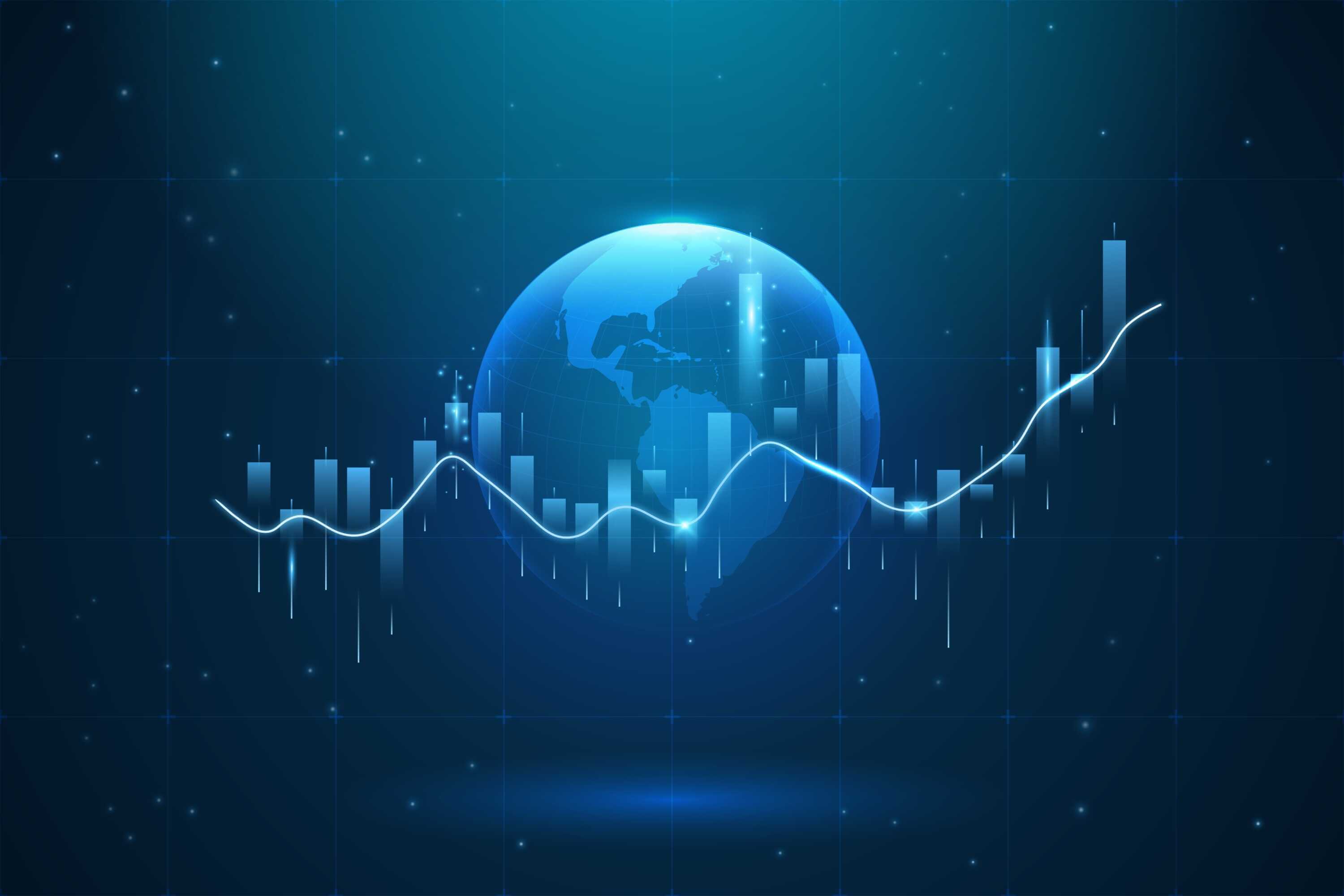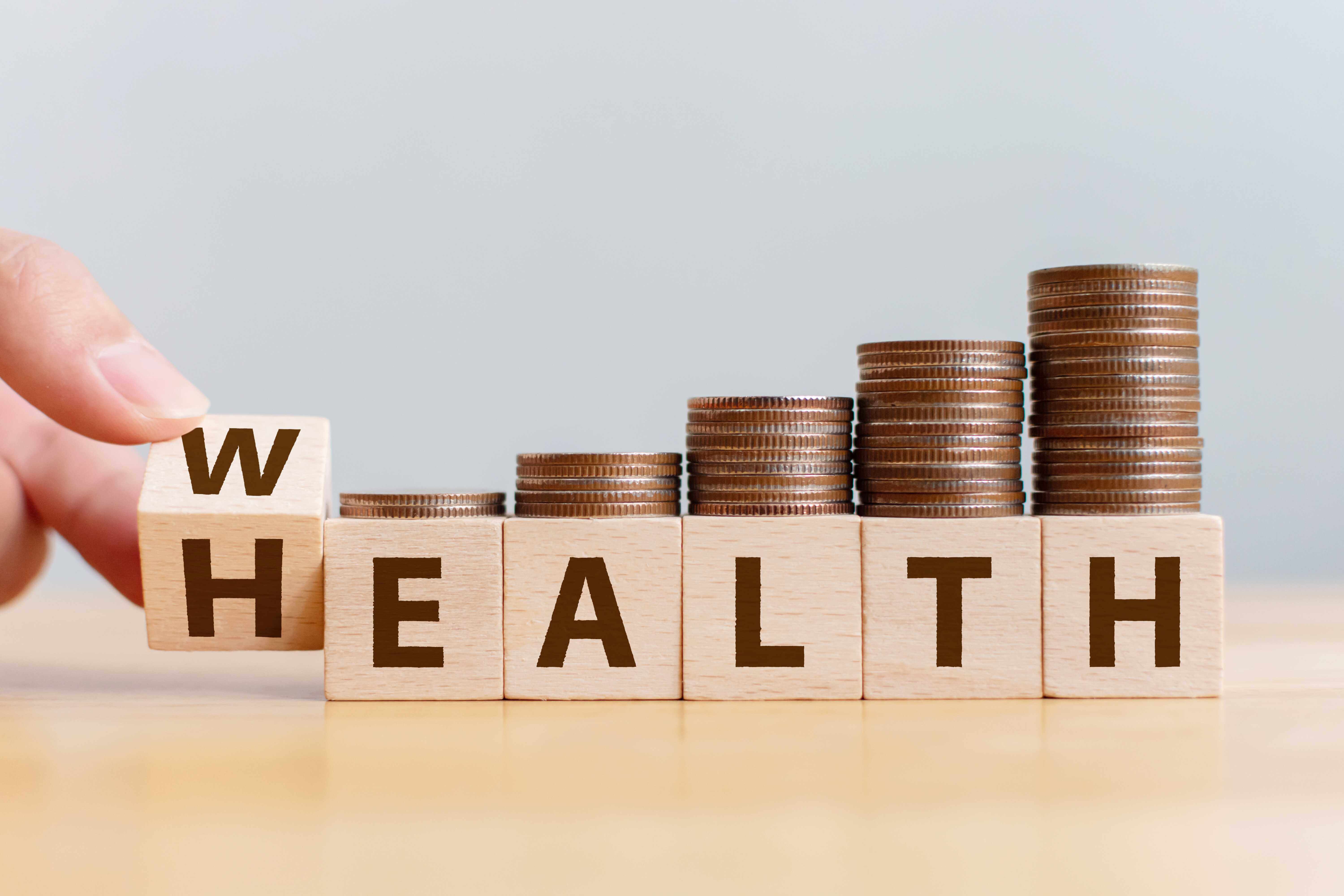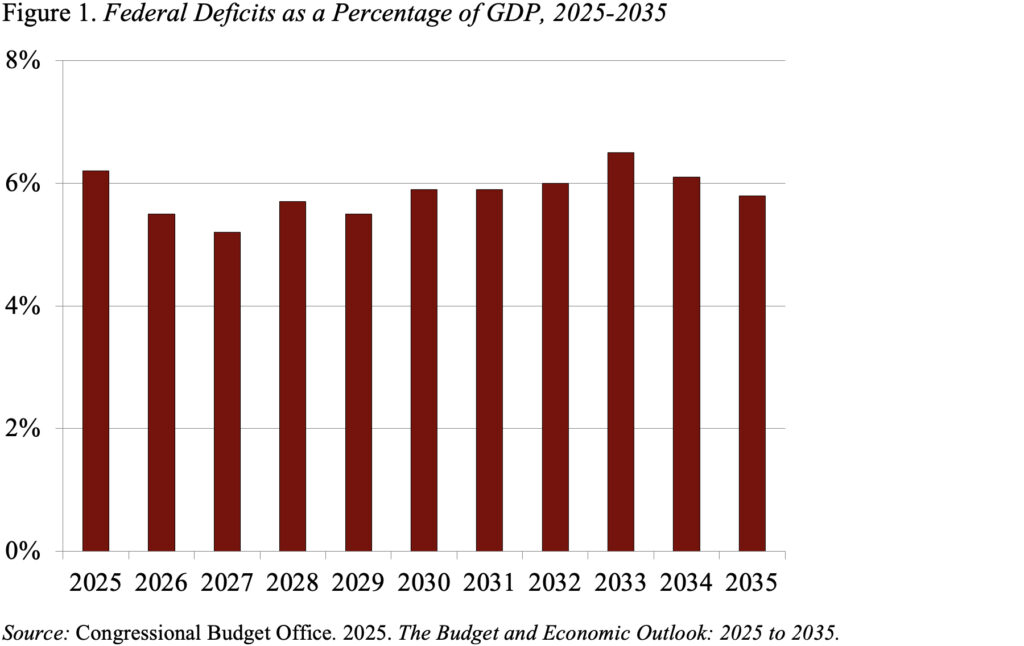Where Will Xrp (ripple) Be In 5 Years?

A lot can happen in five years -- especially in the fast-paced world of crypto investing. Few know this better than investors in XRP (CRYPTO: XRP), who have seen the value of their holdings surge more than 10-fold in that time. But past performance doesn't guarantee future results. Let's explore how this unique token might perform during the next half decade as it seeks to maximize its mainstream acceptance and real-world utility.
The third-largest cryptocurrency
XRP is the native token of the Ripple protocol, a public blockchain network designed to facilitate global payments. It provides an alternative to traditional methods like wire transfers. And while all cryptocurrencies can fulfill this role, XRP's advantage comes from its fast transaction speeds (orders are fulfilled in three to five seconds) and low fees of just 0.00001 XRP per transaction, which is a fraction of a cent.
Where to invest $1,000 right now? Our analyst team just revealed what they believe are the 10 best stocks to buy right now. See the 10 stocks »
With a market cap of more than $150 billion, XRP is also the third-largest cryptocurrency behind Bitcoin and Ethereum. The platform's size and brand recognition could give the network a higher level of trust compared to a plethora of new alternatives, even if they are faster or cheaper.
For investors, XRP's value proposition is quite clear. According to consulting firm McKinsey, international payments represented $1.8 quadrillion in value in 2023. And if XRP could capture even a tiny fraction of that volume, it could lead to a significant boost in demand for the token. More importantly, if XRP becomes a popular bridge currency for international transfers, institutions and investors could start holding it in reserve as a form of on-demand liquidity -- further boosting its valuation.
What are the potential challenges?
Like many cryptocurrencies, XRP is not without its challenges. By attempting to create a new bridge currency for international transactions, the platform's developer, Ripple Labs, is threatening the role of the U.S. dollar and mainstream financial institutions like the Society for Worldwide Interbank Financial Telecommunication (SWIFT), which may not be appreciated by Western governments that rely on this infrastructure to pursue their geopolitical goals (such as sanctions on unfriendly governments).
The blockchain might also become a victim of its own success. With XRP prices up by almost 500% during the past 12 months, volatility is a possible headwind. Higher prices could also hinder XRP's utility by causing transaction fees to rise and creating exchange rate uncertainty. The network could also face competition from stablecoins, which are a class of digital assets designed to match the value of real-world currencies.
With all that said, stablecoins have lost their pegs on many occasions, including the infamous implosion of Terra UST, which cost investors billions of dollars. As a free-floating token, XRP isn't vulnerable to these types of crises. The platform also has built-in mechanisms to control volatility. According to the developers, about 55% of the total XRP supply is locked in a series of escrow accounts designed to release new coins as needed (with a maximum of 1 billion per month).
Image source: Getty Images.
Where will XRP be in five years?
During the coming years, XRP's performance will likely be linked to the success of the cryptocurrency industry as a whole. And this will probably depend on macroeconomic factors like interest rates, economic performance, and the regulatory environment.
The good news is that economists widely expect Federal Reserve interest rates to decline over the coming years, and the new acting Securities and Exchange Commission chairman, Mark Uyeda, maintains a friendly approach to the industry -- launching a new crypto task force designed to prioritize regulatory transparency instead of enforcement like his predecessor, Gary Gensler.
While the entire crypto opportunity looks poised for growth, XRP can continue to stand out because of its utility-focused design, mainstream reputation, and big addressable opportunity in international payments.
Don’t miss this second chance at a potentially lucrative opportunity
Ever feel like you missed the boat in buying the most successful stocks? Then you’ll want to hear this.
On rare occasions, our expert team of analysts issues a “Double Down” stock recommendation for companies that they think are about to pop. If you’re worried you’ve already missed your chance to invest, now is the best time to buy before it’s too late. And the numbers speak for themselves:
- Nvidia: if you invested $1,000 when we doubled down in 2009, you’d have $311,343!*
- Apple: if you invested $1,000 when we doubled down in 2008, you’d have $44,694!*
- Netflix: if you invested $1,000 when we doubled down in 2004, you’d have $526,758!*
Right now, we’re issuing “Double Down” alerts for three incredible companies, and there may not be another chance like this anytime soon.
*Stock Advisor returns as of February 3, 2025
Will Ebiefung has no position in any of the stocks mentioned. The Motley Fool has positions in and recommends XRP. The Motley Fool has a disclosure policy.


